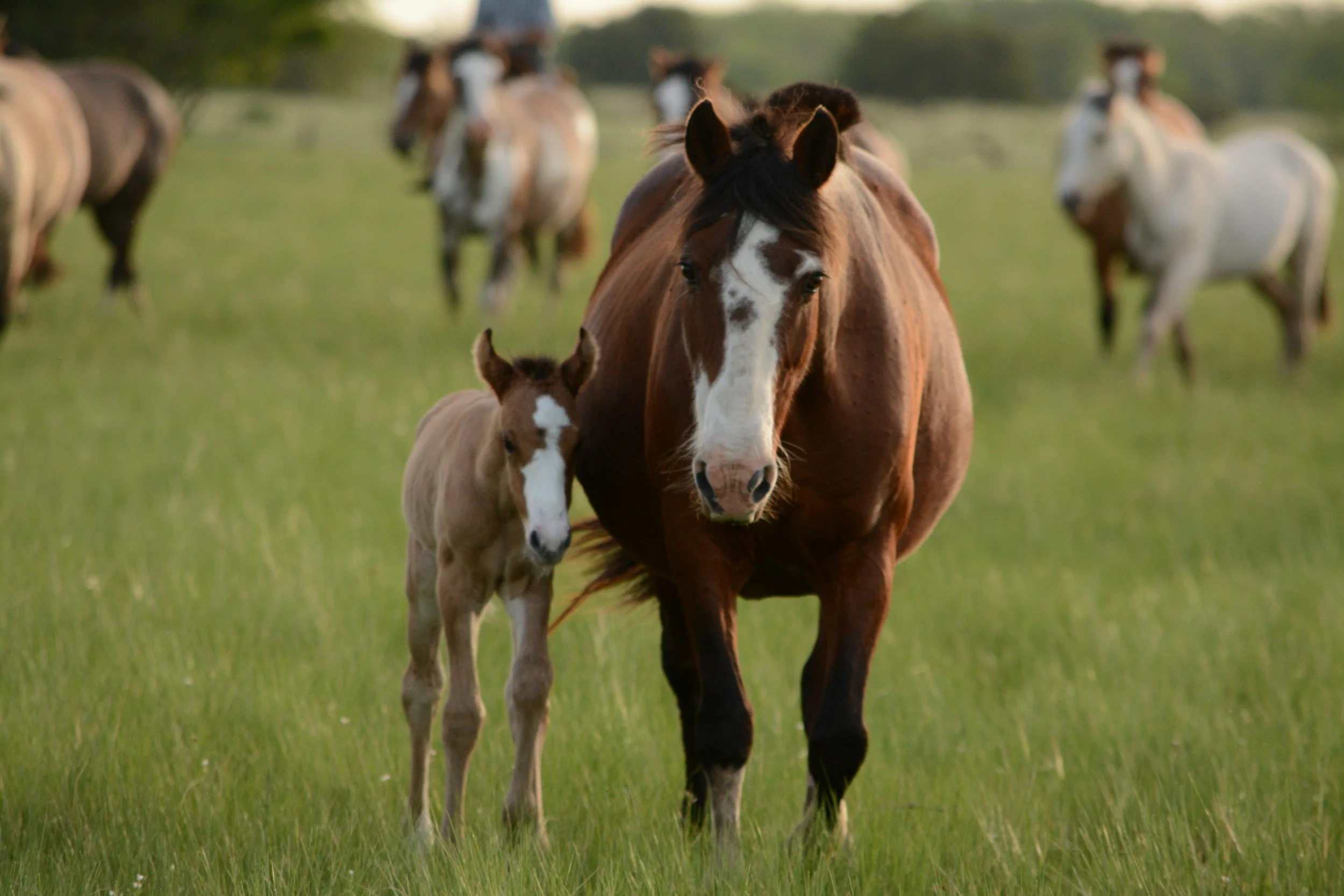The Secret to a Shiny Coat
There's something truly mesmerising about a horse with a sleek and shiny coat. It's a sign of health and vitality, and it's one of the most beautiful sights in the equine world. However, achieving and maintaining that glossy coat requires understanding and care.
Spread Some Christmas Cheer with Homemade Horse Treats!
The holiday season has arrived, and our horses deserve festive treats just as much as we do! What better way to show our equine friends love than with homemade cookies. Our three recipes are crafted by Jennie, with their health and happiness in mind, simple to prepare , and sure to get your equine friend into the Christmas spirit!
Supporting Your Mare and Foal: Essential Minerals for Optimal Health
As your mare approaches her foaling date, it’s an exciting period filled with anticipation as both she and the foal grow rapidly. The last trimester, covering the 9th to 11th months of pregnancy, is crucial as the foal’s growth accelerates, gaining up to 500 grams daily and reaching 60% of its birth weight. During these final months, the foal deposits most of its bone calcium and builds liver stores of essential minerals for post-birth growth. Since these minerals are low in mare’s milk, adequate liver reserves are vital to prevent developmental orthopaedic diseases (DOD) in young horses. Minerals are essential during growth, reproduction, and lactation. To support the rapidly growing foetus, the mare’s calcium and mineral needs increase, making it crucial to provide sufficient minerals.
Understanding Laminitis: Causes, Stages, and Care
Laminitis is an acutely painful and disabling condition that occurs where the lamellae (the delicate folds of tissue that attach the pedal bone to the inside of the hoof wall) become inflamed and may eventually tear apart. The result is partial or total destruction of the strong bond that supports the horses body weight by anchoring the inner wall of the hoof to the pedal bone (the furthest extent of the leg).




